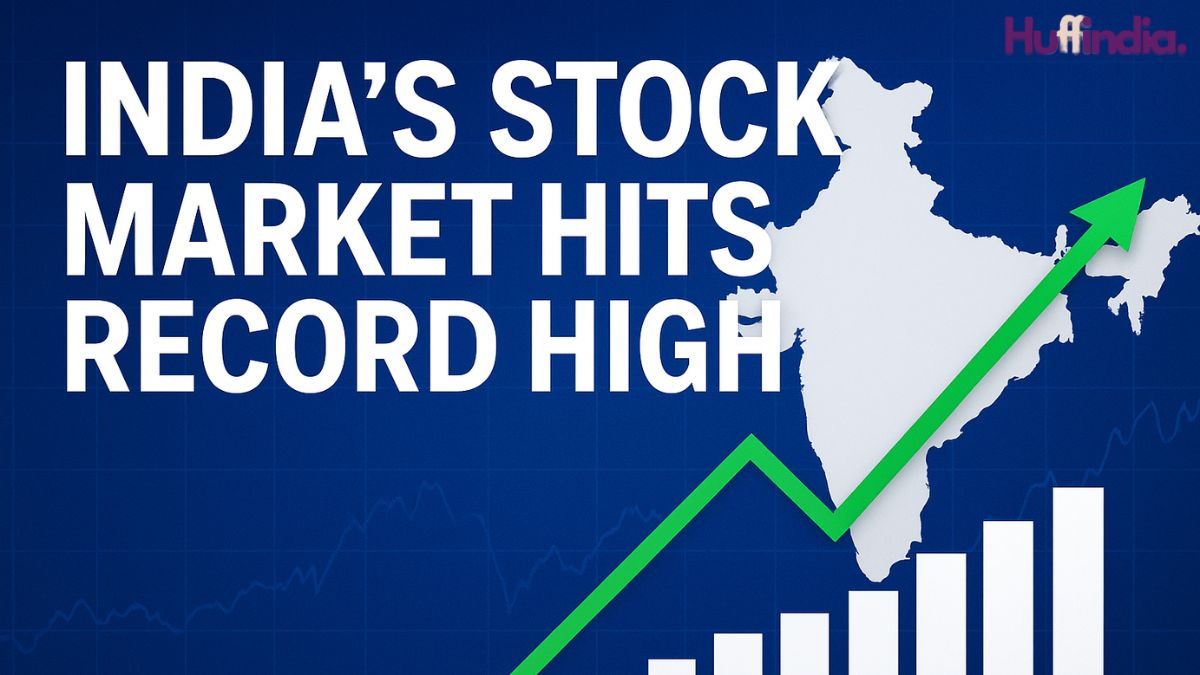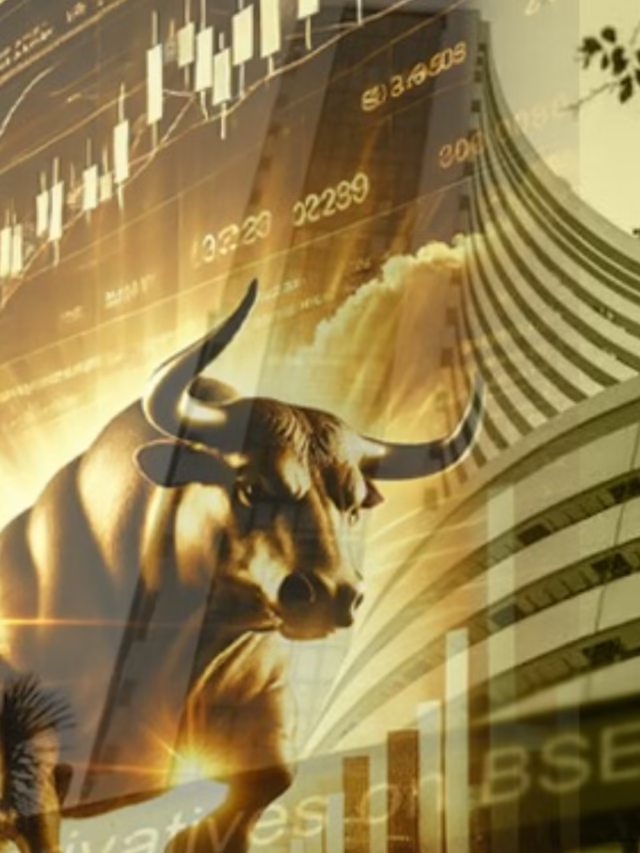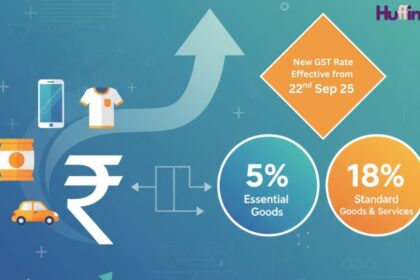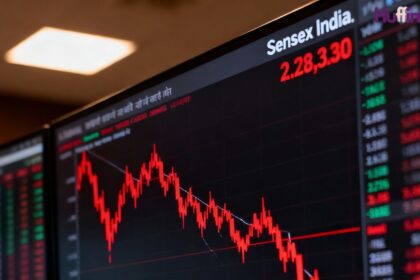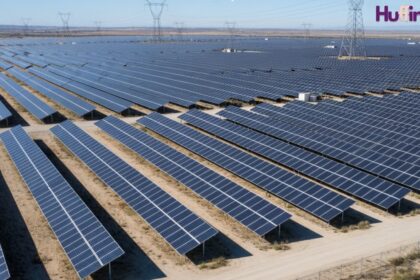New Delhi, October 25
The India GDP growth 2025 forecast by the International Monetary Fund (IMF) has taken the global financial world by surprise. According to the IMF’s latest World Economic Outlook, India’s GDP is expected to grow by 6.6% in 2025-26, surpassing China’s projected 4.2% growth rate. This marks a historic economic shift, positioning India as the fastest-growing major economy in the world.
A Bright Spot in a Slowing Global Economy
As much of the world grapples with sluggish growth and inflationary pressures, India’s economic story continues to shine. The IMF’s World Economic Outlook credits this momentum to strong domestic demand, technological innovation, and structural reforms that have strengthened India’s economic foundations.
Economists highlight that sectors like manufacturing, fintech, digital infrastructure, and renewable energy are driving the surge. India’s growing middle class and consumption power have further fueled domestic growth, even as global trade remains uncertain.
Reforms and Resilience: The Twin Engines
India’s recent fiscal and policy measures, from the Make in India initiative to the PLI (Production-Linked Incentive) schemes, have made the country a hub for manufacturing and global supply chain diversification.
“India’s resilience in the face of global shocks has been exceptional,” said IMF Chief Economist Pierre-Olivier Gourinchas, noting the government’s “steady reforms and prudent monetary policy” as critical factors behind the nation’s performance.
India Surpasses China: A Shift in Global Power
The IMF’s projection of India surpassing China in growth underscores a historic economic shift. For decades, China has dominated as the world’s growth engine, but its slowing industrial output, real estate crisis, and demographic challenges are eroding its edge.
In contrast, India’s younger workforce, rising investments, and digital-first governance are creating an environment ripe for sustainable expansion.
“India’s decade belongs to innovation and youth,” said Dr. Radhika Desai, an independent economist. “The country has managed to balance growth with digital empowerment, something no other emerging economy has done at this scale.”
Sectors Powering India’s Rise
Key contributors to India’s growth include:
- Manufacturing: Fueled by FDI and Make in India efforts.
- Technology: India remains the world’s back-office and now its innovation hub.
- Renewables: India is investing heavily in green energy to meet its 2070 net-zero target.
- Finance: Digital payments and fintech penetration continue to lead the world.
These sectors not only boost GDP but also create millions of jobs and elevate India’s global competitiveness.
What Lies Ahead
Despite the optimistic outlook, the IMF cautions that India must navigate inflation control, fiscal discipline, and job creation to sustain its growth momentum. Experts also emphasize the need for inclusive development, ensuring that rural India shares equally in this prosperity.
However, with its current trajectory, India is well-positioned to be a $5 trillion economy by the end of the decade, a milestone that seemed distant just a few years ago.
Conclusion
India’s economic rise is more than just numbers — it’s a story of ambition, reform, and resilience. As the world recalibrates its economic order, India’s 6.6% growth projection is not merely a statistic — it’s a symbol of a nation on the move, ready to redefine global leadership in the years ahead.

